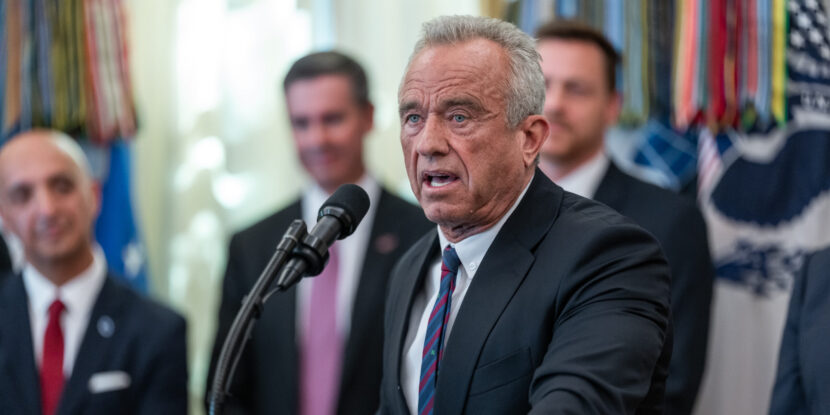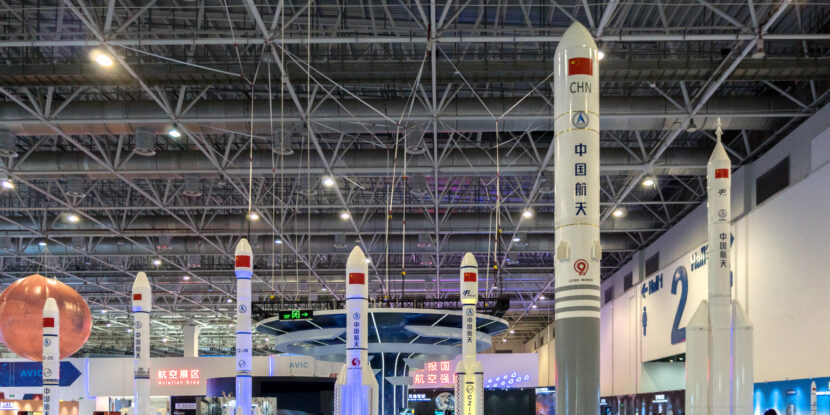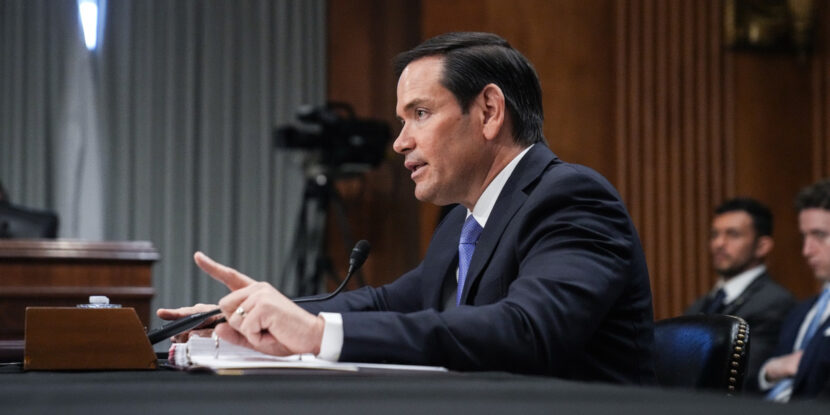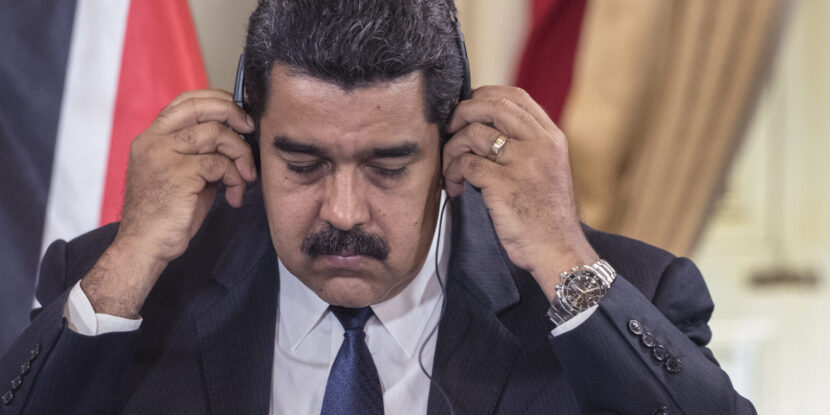PULSE POINTS:
❓What Happened: The U.S. government is reviewing plans for a space-based missile defense system, known as the “Golden Dome.”
👥 Who’s Involved: President Donald J. Trump, Defense Secretary Pete Hegseth, General Stephen Whiting, and U.S. Space Command.
📍 Where & When: The plan was initiated in Washington, D.C., during Trump’s first week in office. The review process continues with involvement from the Department of Defense and Space Command.
💬 Key Quote: “The United States will provide for the common defense of its citizens and the Nation by deploying and maintaining a next-generation missile defense shield,” stated Trump in an executive order.
⚠️ Impact: If implemented, this would mark the first deployment of a space-based weapons system to destroy ground-launched missiles, enhancing U.S. defense capabilities against a variety of threats.
IN FULL:
Plans initiated by President Donald J. Trump for a comprehensive missile defense shield have reached the review stage under Defense Secretary Pete Hegseth. The proposed “Golden Dome,” a next-generation missile defense system situated in space, aims to secure the United States from ballistic, hypersonic, and other advanced missile threats.
An Executive Order signed by Trump outlined the necessity for a robust defense shield employing space-based interceptors. The directive mandated the Department of Defense to propose recommendations within 60 days. General Stephen Whiting of the U.S. Space Command underscored the urgency for space-oriented defense measures at a recent event in Colorado, advocating for orbital interceptors to deter potential space conflicts.
Trump’s vision for an advanced missile defense system parallels Israel’s “Iron Dome,” albeit with capabilities extended to intercept targets from ground-based launch sites. The system’s integration with existing missile technologies and novel space capabilities characterizes its innovative design. This marks a move towards broadening U.S. defense strategies, potentially elevating the nation’s response options in light of modern aerial threats.
Development specifics, including potential costs and technical configurations, remain undisclosed. However, the initiative highlights a strategic pivot towards incorporating outer space as a tactical theater for national defense, as indicated by discussions from top officials involved in the project.
The establishment of such a defense system would represent a significant milestone in U.S. military strategy, emphasizing protection against peer, near-peer, and rogue threats.
Upon formal recommendations and if forthcoming implementation proceeds, the United States’s “Golden Dome” would become the first missile defense shield to deploy space-based interceptors, marking a pivotal expansion in missile defense capabilities.




















